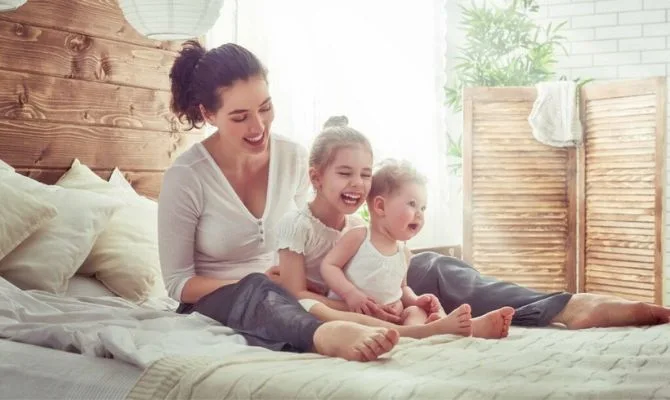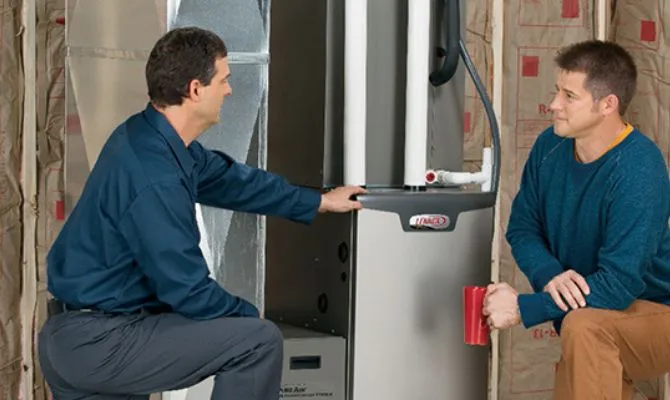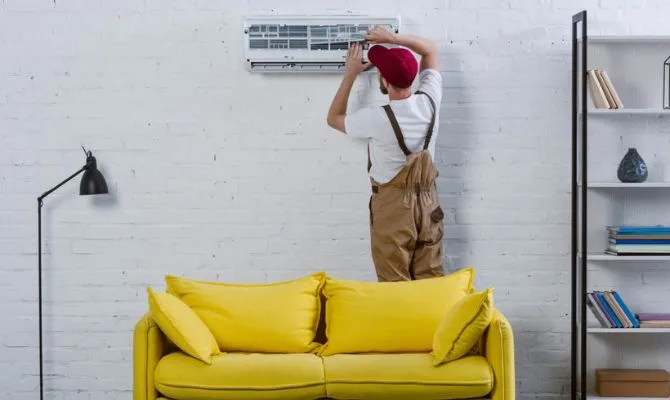Undoubtedly, your home has the requisite number of smoke detectors to protect your family from house fires, but does it have an equally important carbon monoxide detector? Keeping your family safe from carbon monoxide leaks and poisoning is equally important.
Carbon monoxide (CO) is an odorless, colourless, tasteless gas that is a by-product of burning fuel, and extended exposure can lead to carbon monoxide poisoning, and, eventually, death. Any appliance or piece of equipment that burns charcoal, coal, natural gas, oil, propane, or wood can produce carbon monoxide.
During the winter when furnaces are blasting, it’s especially important to give it some consideration, because your home is closed up and there isn’t enough ventilation to allow gas to escape. Even though gas leaks from furnaces, boilers and water heaters in the home are rare, they occur every year and can be deadly. In a paper published in 2017, the British Columbia Research and Injury Prevention Unit noted that “There are more than 300 CO-related deaths per year in Canada, and more than 200 hospitalizations per year in Canada.”
What are the Symptoms of Carbon Monoxide Poisoning?
At low to moderate levels of exposure, carbon monoxide poisoning has symptoms similar to those of the flu without a fever. This makes it easy to brush off, assuming you’ll get better once the virus has taken its course. It’s worth checking with your physician to be sure that your symptoms aren’t indicators of carbon monoxide poisoning.
If you have a low to moderate level of exposure, you may experience dizziness, fatigue, headaches, nausea and shortness of breath. Greater exposure leads to more intense symptoms, such as vomiting, loss of muscular coordination, mental confusion and loss of consciousness, with death the eventual result if untreated.
If you think you or a family member may have CO poisoning, get outdoors as quickly as possible and call 911.
Preventing CO Poisoning
There are two key elements of a standard prevention routine: testing and monitoring. Each fall, it’s worth the time and effort to have your HVAC professional inspect your appliances and equipment to make sure they are running properly. Appliances and equipment that can introduce carbon monoxide into your home include backup generators, boilers, fireplaces, furnaces, gas-powered lawn mowers, ovens and stovetops, propane or charcoal grills, space heaters and water heaters. You can repair minor problems before they become threats to your health.
Equally important, you should instal carbon monoxide detectors in your home and garage. Detectors will sound a warning alarm if the concentration of carbon monoxide reaches or exceeds 15 parts per million, the level at which the World Health Organization considers carbon monoxide a health danger. The detectors ideally should be mounted on the ceiling, because the hot air that carries the gas will rise. It’s best to choose models that have batteries or a battery backup, in case of power outages.
It’s wise to instal a detector on each floor of your home, outside sleeping areas and near appliances that might leak – but not so near that false alarms are a frequent occurrence (Five metres is a good distance.). Keep them away from direct sunlight, the high humidity of the bathroom and drafty areas, since these, too, can result in false alarms.
As with fire alarms, it’s important to check the batteries on your detectors regularly. Many fire departments suggest doing so twice a year when the clocks change, and it’s a practical way to remember.
Other Precautions
One other place that requires regular attention is your gas clothes dryer. Make sure to clean out the lint trap after each use, because lint can block the dryer’s exhaust system and force carbon monoxide out into the house.
In addition, it’s important to know that you should never use combustion appliances, such as charcoal grills, in enclosed spaces, and you should not idle your car or your gas lawn mower inside a garage, even if the door is open. There is too much danger from CO. In fact, sealing the wall between your garage and your home is another precaution that is easy to take.
Have an Emergency Plan
As you would for a house fire, be sure you have an emergency escape plan for carbon monoxide leaks. Plan your escape routes in case the alarm goes off and practise them with your family. Better safe than sorry!
With care and attention, you’ll never have the need to worry about carbon monoxide poisoning, so don’t hesitate in taking the necessary preventive measures.



